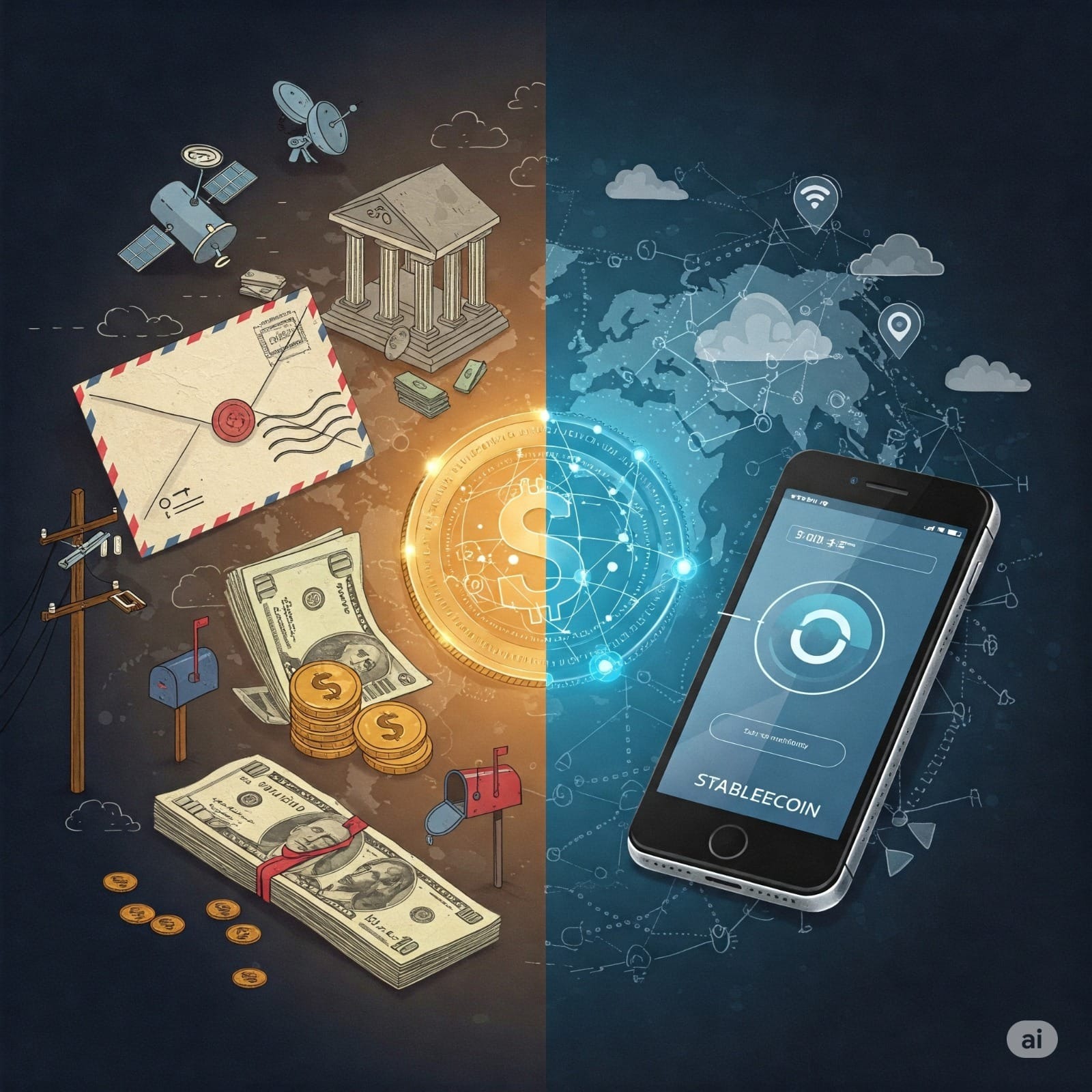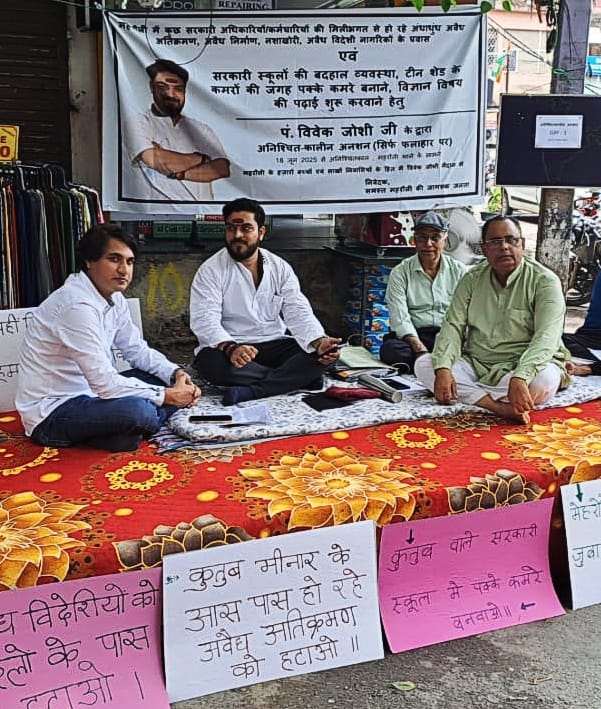Stablecoins: The internet’s answer to financial middlemen

New Delhi:
Back in the 1990s, sending an email across the world felt revolutionary. What once took days by post, or cost a fortune through long-distance calls, suddenly became instant and free. Today, we hardly think twice before hitting “send.” But while communication has evolved at lightning speed, how we move money hasn’t changed much.
Even after three decades of internet progress, our financial system is still tangled in slow, expensive, and outdated processes. Sending money across borders still takes days, and small businesses lose a portion of every sale to card processing fees. For millions of families who rely on remittances, up to 10% of their hard-earned money gets eaten up in transfer charges before it even reaches home.
But there is a solution as well to all these problems, and that is Stablecoins— a digital form of money designed for the internet age. Stablecoins are crypto assets that are pegged to stable assets like the U.S. dollar or euro. They are fast, stable, and programmable, and work just like digital cash. Unlike Bitcoin or Ethereum, which are often seen as investment assets, stablecoins are built for everyday use and real-world transactions.
Stablecoins combine the best of both worlds—trust in fiat with the efficiency of blockchain. They enable instant, borderless transactions without the need for banks, card networks, or FX conversion desks. In many ways, stablecoins represent a monetary protocol for the internet, just as HTTP enabled websites, stablecoins could underpin the next generation of online commerce and financial services.
Companies like SpaceX and ScaleAI are using stablecoins to pay contractors and manage treasury operations across borders. Payment giants like Stripe now offer stablecoin payouts, helping merchants reduce costs tied to legacy card networks.
The impact is even greater in the Global South. For the 800 million people who rely on remittances, stablecoins offer faster, cheaper transfers than services like Western Union. And for the 1.4 billion people around the world who don’t have access to a bank account, stablecoins can offer a path into the financial system, accessible with just a mobile phone.
But to fully unlock this potential, clear and thoughtful regulation is essential. Governments and regulators should focus on ensuring transparency, proper licensing, and making systems interoperable, without shutting down innovation. A well-regulated stablecoin ecosystem can bridge the gap between old and new, powering everything from online shopping to emergency aid.
It is not like Stablecoins will replace traditional finance overnight, but they offer a chance to rewire how money moves online, making it faster, more open, and more inclusive. Just like email changed communication, stablecoins may soon do the same for money.
Author Profile

Latest entries
 MumbaiJune 19, 2025International Yoga Day: Sony SAB artists share how yoga helps them stay fit and sets a positive tone for the day
MumbaiJune 19, 2025International Yoga Day: Sony SAB artists share how yoga helps them stay fit and sets a positive tone for the day DelhiJune 19, 2025Raghu Vamsi Aerospace Group Debuts Indigenous Jet Engine & UAV Technologies at 55th Paris Air Show
DelhiJune 19, 2025Raghu Vamsi Aerospace Group Debuts Indigenous Jet Engine & UAV Technologies at 55th Paris Air Show LocknowJune 19, 2025Kanpur Superstars Make Smart, Impactful Moves at UP T20 League Mini Auction 2025
LocknowJune 19, 2025Kanpur Superstars Make Smart, Impactful Moves at UP T20 League Mini Auction 2025 Uttar PradeshJune 19, 2025Baghpat Witnesses Grand Inauguration of Renovated Multi-Purpose Sports Hall & Swimming Pool by Hon’ble Union Minister Shri Jayant Chaudhary
Uttar PradeshJune 19, 2025Baghpat Witnesses Grand Inauguration of Renovated Multi-Purpose Sports Hall & Swimming Pool by Hon’ble Union Minister Shri Jayant Chaudhary









